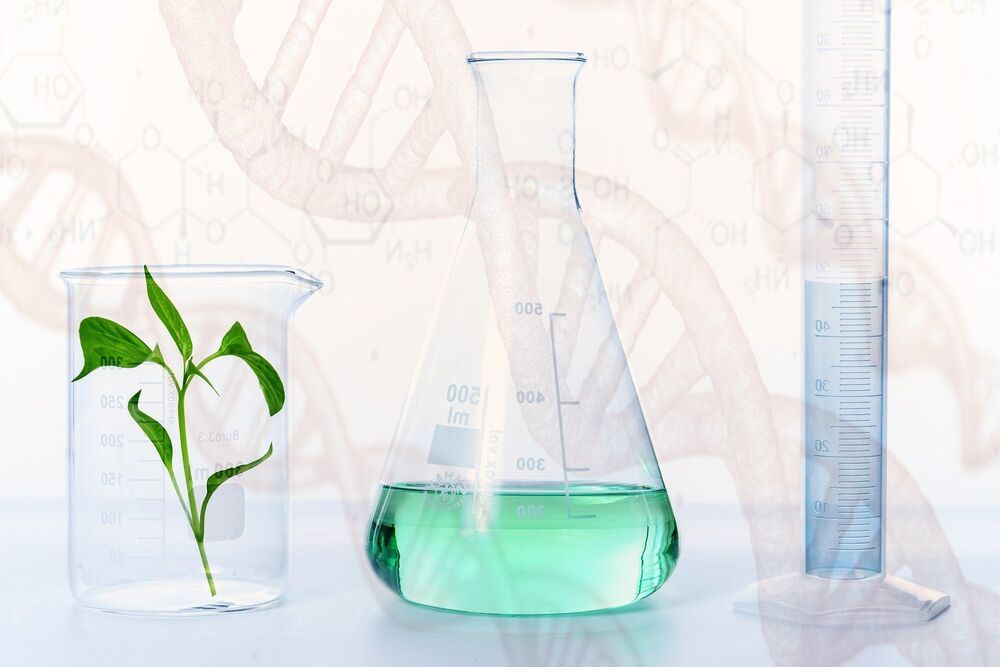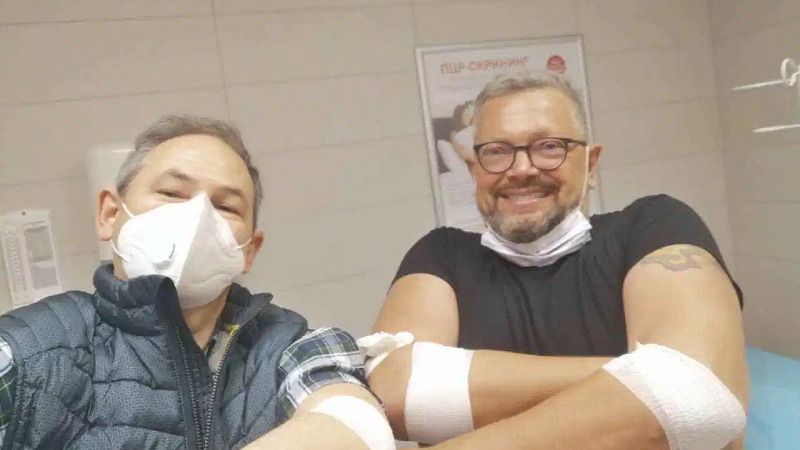German scientists are researching a method to produce hydrogen using light and photoactive compounds on an organic chemical basis.
Hydrogen is considered to be one of the alternative energy sources of the future. So far, however, the costly and energy-intensive production process has been a major problem with regard to the environmental friendliness of this substance, which is in itself CO2 neutral. For this reason, increasing numbers of scientists around the world are researching other methods of producing hydrogen: from algae, for example. (IO reported). Scientists in Germany at the Friedrich Schiller University, the Leibniz Institute for Photonic Technologies (Leibniz IPHT) and the University of Ulm have taken inspiration from nature for their method of producing hydrogen.
To do so, the team from the “CataLight” Collaborative Research Center at the Universities of Jena and Ulm has combined new organic dyes with non-precious metal catalyst molecules that release gaseous hydrogen in water when irradiated with light. This substitute has shown a remarkable impact in terms of longevity and effect after excitation by visible light, they write in their study, published in Chemistry – A European Journal.
Photosynthesis as inspiration
In nature, sunlight is most effectively stored in chemical bonds through photosynthesis, because the light-collecting and reactive complexes in the thylakoid membrane are fixed in chloroplasts. The researchers led by Prof. Felix Schacher have achieved this type of arrangement with the help of polymers that interact with both hydrophilic and hydrophobic substances. These charged, so-called graft copolymers are produced artificially.




